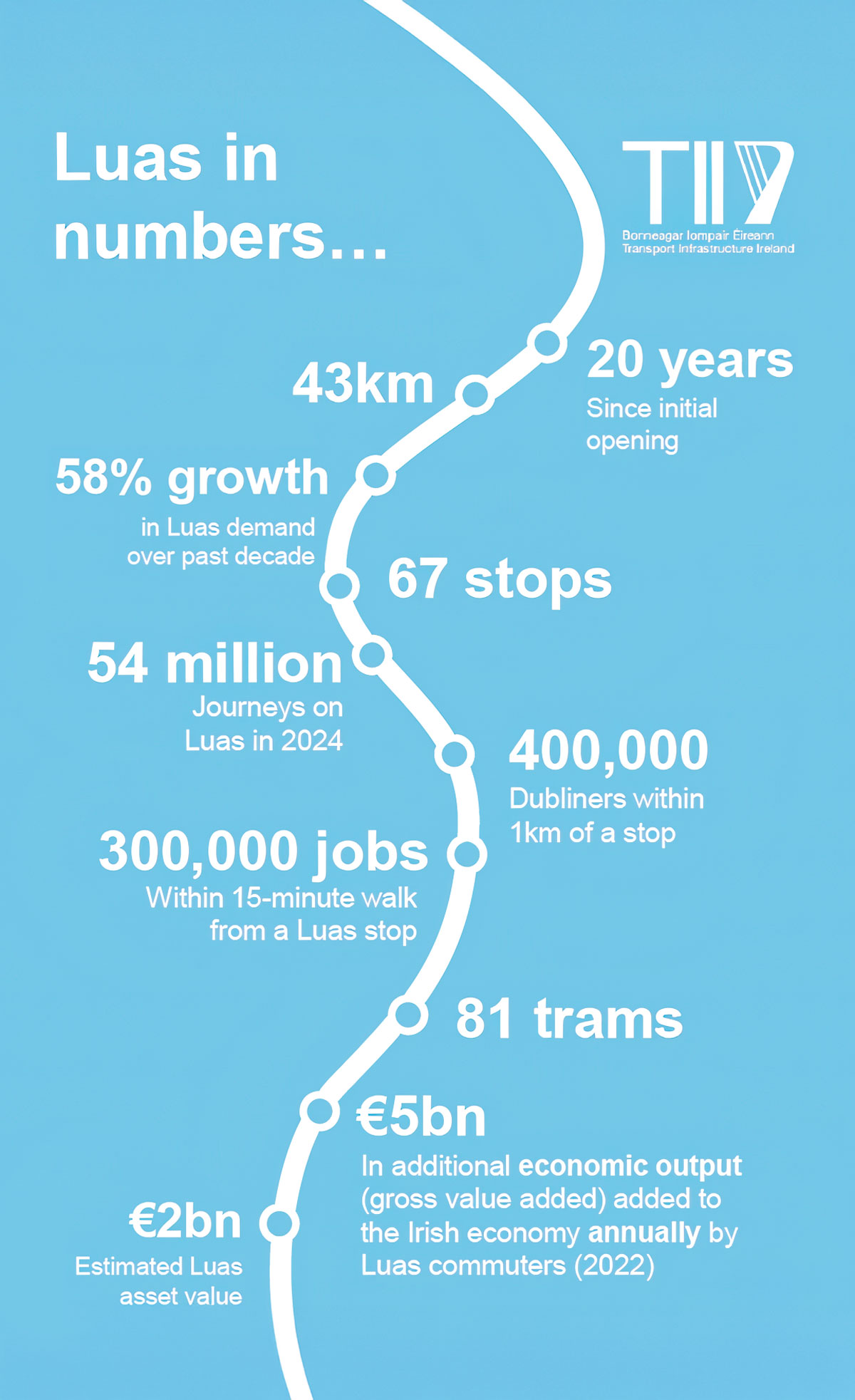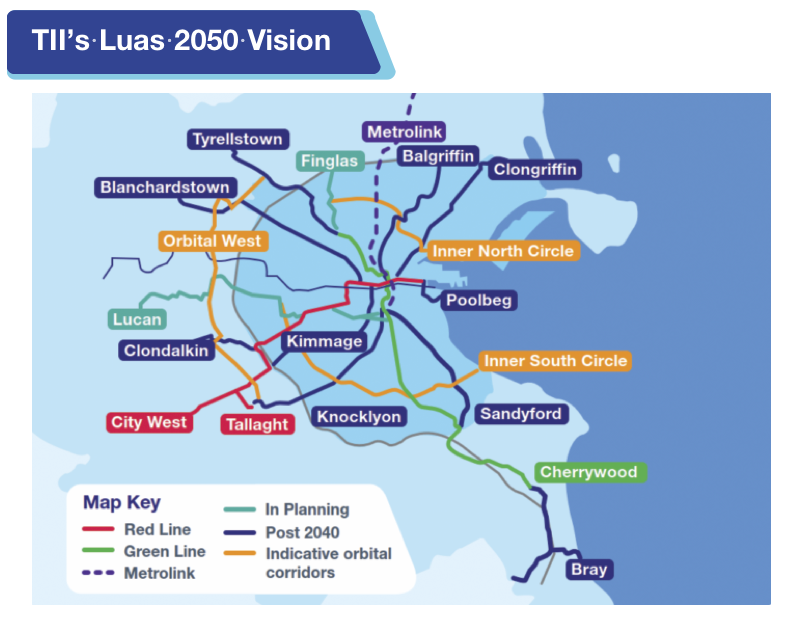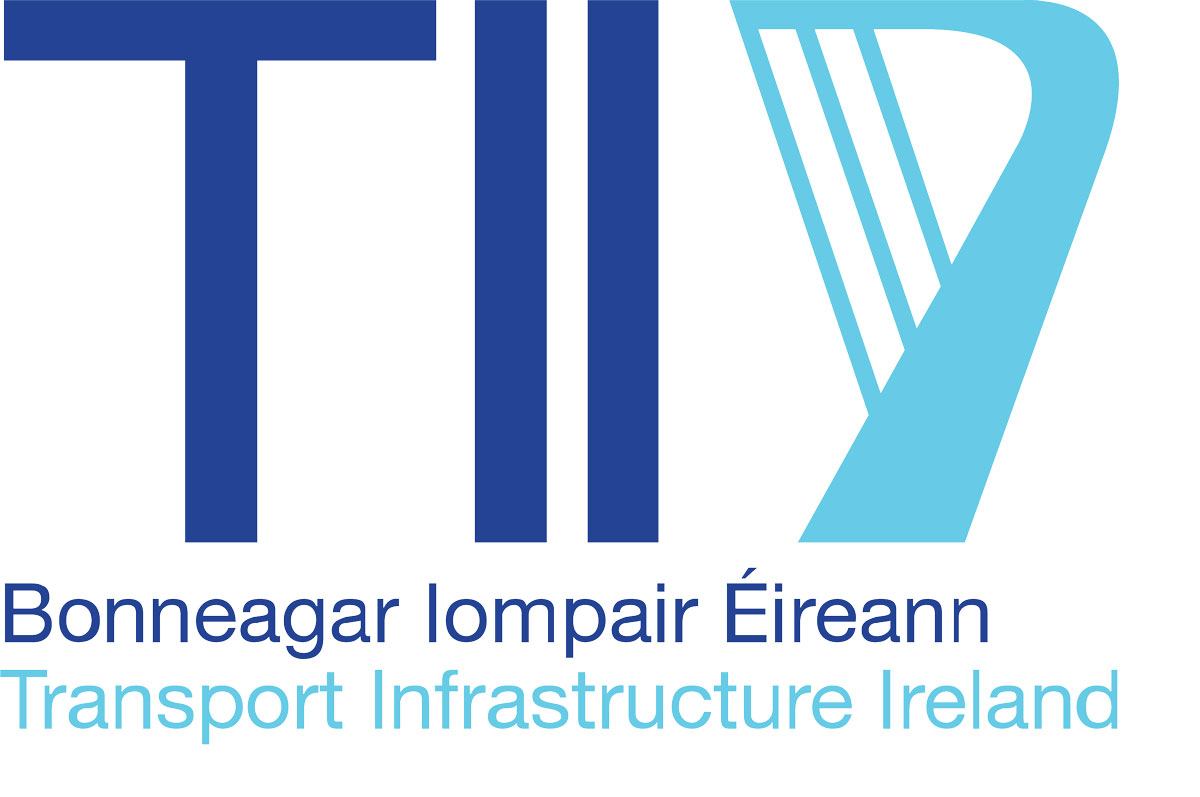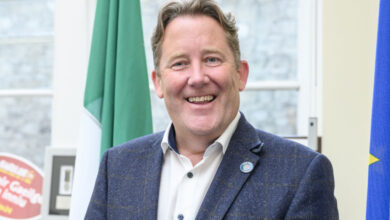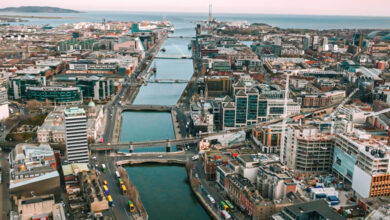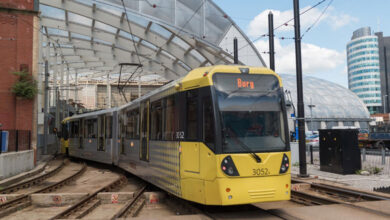The future is bright for light rail in Ireland
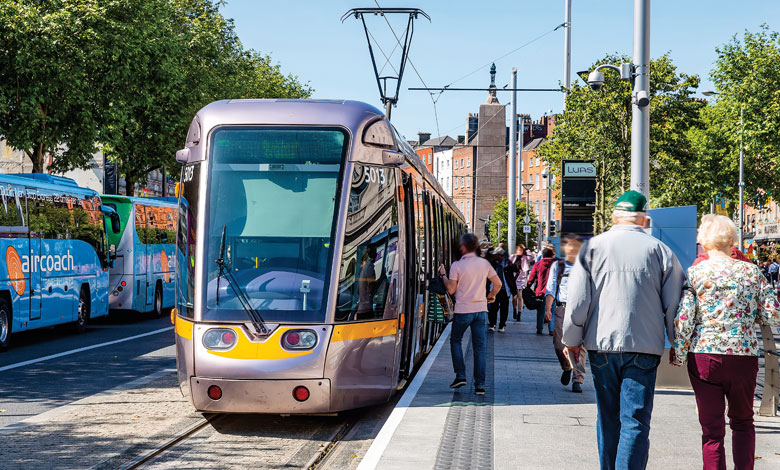
In the 20 years since Luas commenced passenger service it has delivered substantial benefits to the city. Transport Infrastructure Ireland (TII) is constantly striving to build on this success and have significant plans underway to renew and upgrade the existing service and expand Luas services in Dublin and nationwide. TII believes Luas can play a key part in delivering Ireland’s ambitious economic, housing and sustainability goals.
From the private to the public sector, a sense of urgency pervades the system. Irish people cannot enjoy a good quality of life and the housing crisis cannot be solved without the basic utilities of water, energy, and transportation.
The challenges of supplying water and energy are not often noticed by the public who turn on a tap to find it flows and (except after a destructive storm) flick a switch and the lights come on.
Transport is a very different experience. Whether people travel by car, public transport, or bike, getting from A to B is a daily adventure, often successful but at times unpredictable, creating stress, and costing time and money.
Shifting from private car to public transport is universally accepted as the only way the growing population can travel reliably while reducing carbon emissions – a third of which are created by transport.
Different modes suit different journeys, but when it comes to high demand routes in urban areas, light rail is the king of public transport. Last year Luas celebrated 20 years in Dublin and its benefits have far surpassed original expectations.
It has broken all forecasted demand, carrying 54 million passengers in 2024.
In addition, Luas has the highest rate of customer satisfaction of any Dublin-based public transport operator with 89 per cent satisfaction rating. When passengers were asked; “Were you satisfied with your most recent trip,” 97 per cent said yes.
Apart from its attractions to the passenger – high-capacity, permeable into neighbourhoods, universal accessibility, quiet and attractive trams, high-frequency and reliability – Luas is a highly sustainable mode of transport. Trams generate zero emissions and can carry over 300 people, the equivalent of four buses. This capacity not only reduces carbon emissions per passenger; but is also more efficient as fewer drivers are needed to carry so many people.
Luas also stands out among large scale transportation projects, particularly in Ireland, as a series of capital projects delivered on time, within budget and over-delivering on benefits. All lines were delivered by Transport Infrastructure Ireland within five years of receiving planning approval.
But Luas delivers far more than satisfied passengers. In 2024, TII commissioned a report to assess the contribution Luas has made to living, working and socialising in Dublin over the 20 years of its operations. It showed that Luas is a key enabler of sustainable growth.
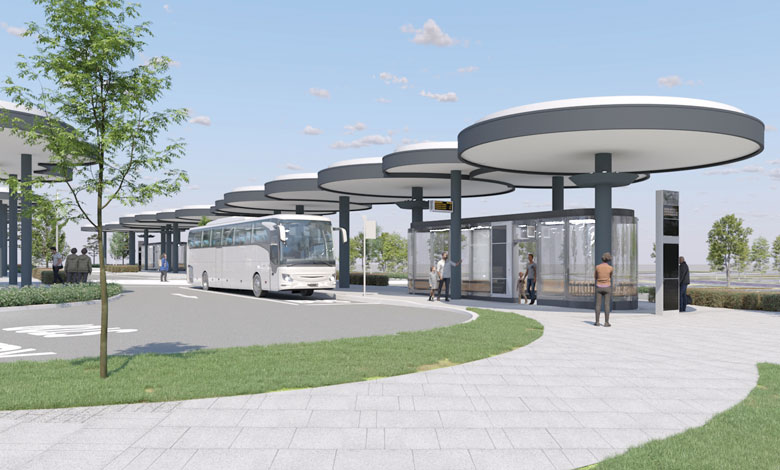
In the Dublin metropolitan area, one quarter of its population, one third of its jobs, and 45 per cent of those without a car live within a 15-minute walk of a Luas stop.
In the last 20 years over 10,000 new jobs in the services and technology sectors have located along the Luas Corridors.
Luas has also assisted significant expansion and re-development in areas such as Tallaght, Citywest, Sandyford, Smithfield, Fatima/Rialto, Docklands, and Cherrywood/Brides Glen.
With this huge success, there are two challenges now for Luas. First, how to maintain the excellent service on the existing network? Second, how does TII expand the network to bring the benefits of Luas to more people, both in Dublin and other cities?
Asset renewals and upgrades
With regard to the current network, TII is procuring a contract to supply new trams for the network with an order expected in early 2026 to supply 35 new trams for the Red Line to replace the current fleet. These trams will start arriving in 2028 and the entire fleet should be replaced by 2029 at an investment cost of almost €200 million.
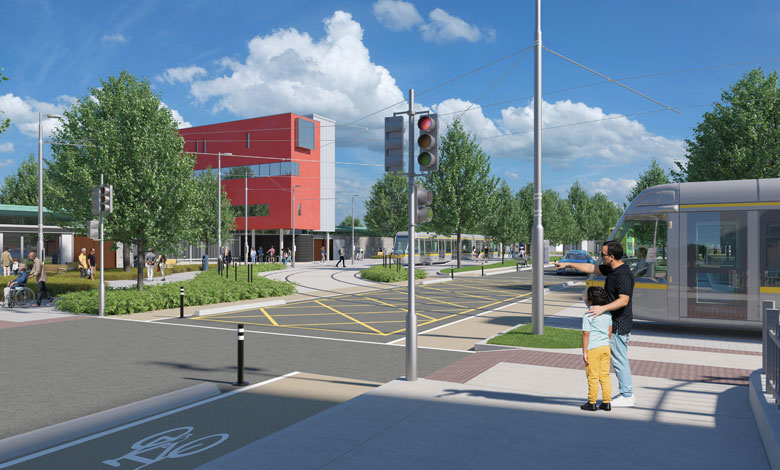
“All going well, Luas Finglas could be operational by 2031, Luas Cork in 2035, Luas Lucan in 2036 and more new lines to follow.”
When Luas was first procured 20 years ago, TII acquired the very best in tramway technology. Light rail depends much more heavily on electronics than other public transport modes like heavy rail and buses. We know how fast technology advances so TII is engaged in a major programme to renew and replace existing equipment, software and hardware. TII are also looking at new ways of working in areas such as security (digital CCTV), communications (5G), and signalling as part of a digital asset management and renewal system.
TII are also renewing and replacing tracks, overhead lines, and energy systems, which are nearing end of life. With the new Red Line trams due, TII will start replacing the Green Line trams between 2035 and 2040.
Other projects include an upgrade to the Red Cow Depot and the improvement of facilities at Red Cow Transport Hub, including new bus stops and parking, shelters, public toilets, bike parking, EV charging and driver facilities.
There will also be a new Luas stop on the Naas Road to facilitate the new ‘City Edge Town Development’.
New projects
All of this investment is needed to optimise the existing network. But what Dublin and other regions need is an expansion of the network so more people can avail of Luas’ benefits.
The project closest to delivery is Luas Finglas, a 4km extension of the Green Line from Broombridge to Charlestown. TII is optimistic that a Railway Order will be granted soon and TII are looking forward to delivering this project promptly. Luas Finglas has a significant advantage as much of the line is segregated from traffic, which improves running times. With two major regeneration projects and significant residential and commercial development planned in the Finglas area, this Luas line will be key to housing development and job creation in Finglas. All going well, passenger services could be available in 2031.
“By coordinating with other public stakeholders including the NTA, LDA, and local authorities, our Luas projects can also enable delivery of other such as residential, infrastructure and active travel projects.”
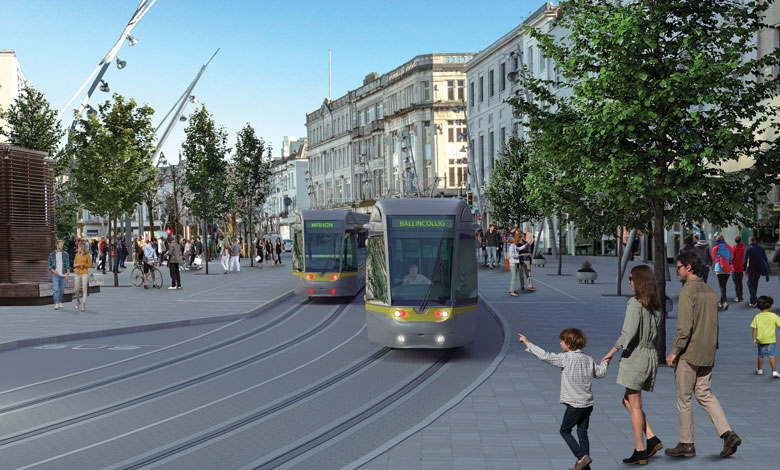
Meanwhile, an emerging preferred route for Luas Cork is currently out to non-statutory consultation. This is a very complex project – 18.5km in length running east to west, from Ballincollig to Mahon Point through the city centre. It passes key destinations such as CUH, UCC, and Páirc Uí Chaoimh, it will run down St Patrick’s Street and interchange at Kent Station. TII is targeting a Railway Order submission in 2027/2028 with passenger services possible in 2035.
TII are also studying route options for Luas Lucan which is a high demand route. TII hope to publish an emerging preferred route this year with passenger services forecast to be operational in 2036.
Luas Poolbeg is currently undergoing a pre-feasibility study and TII expect to procure engineering designers later this year to commence route selection work in late 2025 or early 2026.
Luas 2050
TII is constantly striving to build on the Luas success. Our Luas 2050 plan is a vision for how the ambitious plans for light rail outlined in the Greater Dublin Area Transport Strategy could be delivered and integrated into the current network. In it, TII suggests that, like other light rail networks in Europe, it maintains a steady rate of incremental extensions and consistent delivery. This would build and maintain both a skilled team and secure supply chain, which would speed up delivery and procurement, and improve cost efficiency.
By coordinating with other public stakeholders including the NTA, LDA, and local authorities, our Luas projects can also enable delivery of other schemes such as residential, infrastructure and active travel projects. For example, there are two areas separate planned for redevelopment adjacent to Luas Finglas (Jamestown and Broombridge º) and the project is delivering cycle lanes alongside the light rail line.
TII is interested in working with NTA and local authorities to investigate the potential for light rail transport solutions in other cities across Ireland such as Galway and Limerick.
As Ireland faces the challenges of population growth and climate change, Luas is one of the obvious solutions to some big challenges. TII looks forward to delivering more projects and bringing light rail to more of Ireland’s population in the coming decades.
T: 01 646 36000
W: www.tii.ie

